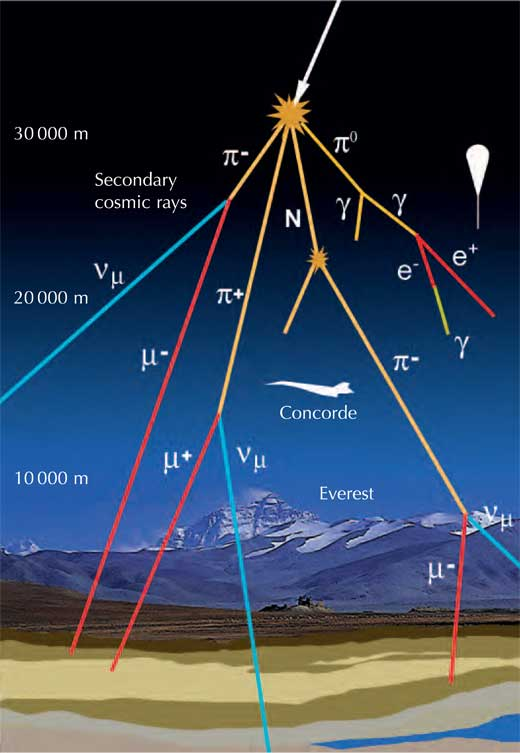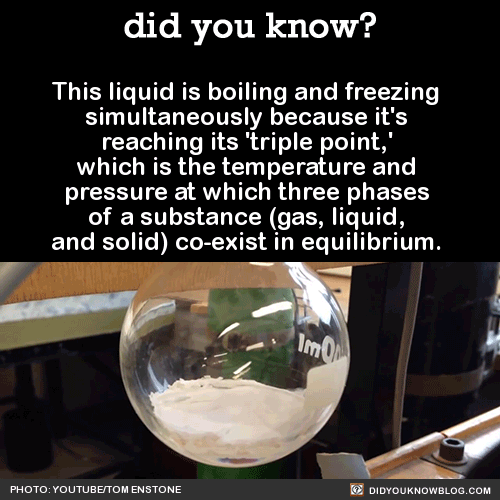#experiment
You know how articles reporting on psycholinguistic experiments often say something like ‘X number of people took part but Y number of people’s results were discounted for various reasons…didn’t understand the instructions, wasn’t paying attention, was generally incompetent…’, well now I can say I have probably just been admitted to that inevitable and illustrious group of rejected data-providers.
First, I did some example tests to get used to the computer and the instructions for the task which involved learning a made-up language. That was all well and good. Then I started the experiment proper. I was plugging away at the exercises, tapping here, tapping there as required until the researcher came in mid-way and told me, in a kindly, roundabout sort of way, that I was being too slow (it was meant to be a short-term memory test after all)!
After that, I sped up as best I could. After the first short-term memory part, I moved on to the second long-term memory one. Essentially they were testing to see what kinds of rules I had learned from part 1. After the experiment there was a quick interview-like section where the experimenter asked me to describe the rules I had learned from the exercises and what I thought this made-up language was. Now here’s the bizarre bit…I correctly spotted that the made-up language was essentially an ergative language - hooray! However, virtually all the rules that I had been using during the experiment (and consequently my answers) were completely wrong!
It turns out they are testing whether certain alignments (e.g. ergative alignment or accusative alignment or some unattested one) are equally learnable or not. I reckon their null hypothesis will be that unattested and attested systems are equally learnable with the aim of demonstrating that typologically-unattested systems are harder to learn. Evidently I find even attested systems hard to learn! I suppose (and hope, for dignity’s sake!) that in every experiment there’s always one such person!

Muon Tau
Mass: 105.658 MeV/c^2 Mass: 1776.86 MeV/c^2
Charge: -1 e Charge: -1 e
Spin: ½ Spin: ½
Color: None Color: None
Antiparticle: antimuon Antiparticle: antitau
The muon and tau are second and third generation, respectively, leptons and fermions. There are a total of 6 leptons in the standard model. The electron, muon, and tau are the three which have electric charge while the others, the neutrinos, do not. Both the muon and tau are much more massive than the electron and decaydue to the weak interaction. The muon decays on average 2.2 microseconds (2.2*10^-6 s) into usually an electron and two neutrinos of different types. The tau decays much quicker in 2.9 * 10^-13 seconds into hadrons(composite particles made of two or more quarks, e.g. proton). The tau is the only lepton able to decay into hadrons because it is the only one with sufficient mass.

The muon was discovered by Carl D. Anderson and Seth Neddermeyer in 1936 by studying cosmic radiation and observed particles which deflecteddifferently than electrons in a magnetic field. The radius of deflection depends on mass and charge. Since the charge is the same the difference must be accounted through a greater mass.
The tau was theoretically predicted in 1971 by Yung-su Tsai and experimentally detected between 1974-1977 at the Stanford Linear AcceleratorandLawrence Berkeley National Laboratory.
Probably the most well known experiment that involves muons is the Muon g-2 (”g minus 2″) experiment at the Fermi National Accelerator Laboratory or Fermilab. The goal is to measure the magnetic dipole moment at a very high precision because there is a slight deviation from g=2 (hence g minus 2) known as the “anomalous” part predicted by the Standard Model theory. A large enough difference between the experimentally measured and theoretically determined values could point to the existence of more undiscovered subatomic particles. Read more about the Muon g-2 experiment below:
Sources:(1)-(2) & Image 2 -(3)- Image 1
A very solid test! There could be more experimantation…
How about testing the average “point of consiousness”?
Will it be better if there’s like 30 seconds of air and 5 seconds without? How about extending extending it to 6, 7, 8 … 55 every round?
Post link

Copper isn’t magnetic but creates resistance in the presence of a strong magnetic field
Show Chapter | Archive of Our Own
Franstober 2021: Day Nine — Experiment is now released on AO3. I’m having a bad time with Wattpad for now. That’ll take a while to fix.
A preview of Sticks, Stones & Bones.
Franstober Prompts by @uhhbananafrappe
How Do I Create an Experiment? |Border Image Credit: NASA, ESA, the Hubble SM4 ERO Team, and ST-ECF, Hubble
Usually when attempting an experiment, one will follow the steps of the scientific method, described below, even if some engineering is involved.
1. Make observations.
2. Propose a question.
3. Do thorough background research.
4. State the problem.
5. Construct a hypothesis and make predictions of the results.
6. Design and execute an experiment to test the hypothesis. During the experiment you will be basically controlling and measuring variables, which are divided into three types, explained below.
- Controlled variable - You may have as many controlled variables as you wish. You will attempt to keep these variables constant and unchanging, so that if you have to re-do the experiment [which you most likely will because very few experiments go completely right the first time] you will be able to reproduce controlled variables exactly, or as closely as possible to how they were in the original experiment.
- Independent variable - In most experiments there is only a singular independent variable, which is controlled by the experimenter[s]. During the experiment[s] you will control the independent variable and change it to observe the results.
- Dependent variable - This variable depends on the independent variable, thus it’s title. You will focus upon this variable to see how it reacts in lieu of the change[s] of the independent variable. [This is the main variable you will focus on measuring.]
7. Collect results, analyze the data, and draw your conclusions. After collecting your results and analyzing them, do you accept or reject the hypothesis? If you choose to reject the original hypothesis because the results do not support it, go back and revise the hypothesis, and start over. If you’ve accepted your hypothesis because the results support it, feel free to draw conclusions.
There are varied steps depending on the type of experiment you are creating, and what your purpose of said experiment is. If the purpose of your experiment is to observe the way something works you will be using the scientific method, which I described above. If you are attempting to create and/or invent something through your experiment, [eg. products, experiences, environments, computer programs, etc.] then you will be using the engineering design process.
- If you don’t know which process you should use check out this simple guide to comparing the engineering design process and the scientific method here.
- If you decided to the engineering design process is a better fit for your experiment, you can read the detailed steps and examples via NASA here.
- A detailed list of steps and examples of the scientific method via NASA can be found here.
Post link
@staff literally only turned my screen off for one minute to get up and hit the lights and then came back to tumblr to continue reading the interesting post I had been in the middle of.
What did I find??? My dash had been reset!!!
Please tumblr. Fix you’re mobile app.














